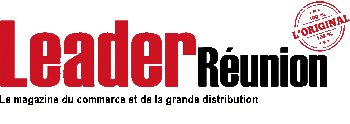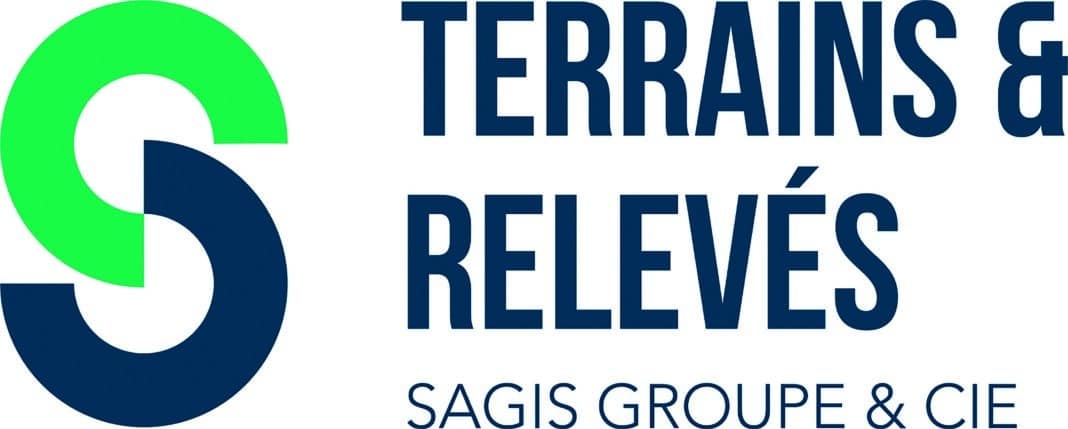More than half of Reunion Islanders own at least 1 dog or 1 cat
- 40% of people surveyed say they own at least 1 dog (1,62 dogs on average per owner).
- 25% of people surveyed say they own at least 1 cat (2,04 cats on average per owner).
- 14% own a dog(s) and cat(s).
- 49% do not own a dog or cat.
Petfood purchase frequency in supermarkets : more dog buyers but more regular cat buyers
- 69% of dog owners (i.e. 28% of all those questioned), say they buy petfood in supermarkets at least once a month – 12% say they buy every week.
- 82% of cat owners (or 21% of all those questioned), say they buy petfood in supermarkets at least once a month – 18% say they buy every week.
Methodological note : SAGIS study – survey carried out for Leader Réunion from March 11 to 18, 2022 – Sample : 500 people constituting a representative sample of the population of Reunion aged 18 and over. Method : study carried out by telephone (fixes et mobiles) – Quotas: sex, age, profession of the person interviewed, stratification by municipality – Like any quantitative survey, this study presents results subject to margins of error inherent to statistical laws. The margin of error is estimated at +/- 5%, at 90% probability.
Customer behavior (« shopper ») a magazine : observation study in supermarkets, in front of the petfood shelf.
1 ) 3/4 of “shoppers” buy, dont :
2/4 : 1 single reference ;
1/4 : 2 or more different references.
With 25% non-purchase, the petfood linear is a linear characterized by a relatively low level of non-purchase : when we come there it’s more to buy. To compare, in other shopper studies carried out (in other departments), the non-purchase rate varies from 20% (for very common purchases) at 60% (for more occasional purchases/impulse purchases).
NB : 2/3 of buyers are single-reference : the challenge for brands is reinforced by a diversity of purchases (by act of purchase) relatively weak.
2 ) 2/3 of “shoppers” hesitate in front of the shelf
(vs 1/3 which heads directly towards a specific point on the linear).
This is a high proportion of “hesitants”. (This rate usually varies between 20% and 30% in other departments of the store).
3 ) The average time spent in the petfood aisle = 1 minute.
(Other rays studied : 14 seconds on average minimum to 2,3 minutes on average at longest).
Given the dominant purchasing (75% of customers buy), the time spent is average, nevertheless higher than the purchasing time observed for very common product categories. In line with the relatively high level of hesitation in front of the linear.
In conclusion on petfood purchasing behavior in supermarkets : A common purchase but not so automatic and a behavior in front of the shelf which raises questions due to the low proportion of shoppers who go directly to a specific point on the shelf. Identification problem ? Low product/brand loyalty ? In any case, if they leave in majority (3/4) with a purchase, For the most part, this is a single-reference purchase..
Methodological note : TER study – These observations were carried out by the TER teams present each month in the GSA network for surveys of various kinds and customer studies.. 50 observations were made in the pet-food section between March 10 and 17, 2022 in 5 GSA points of sale (4 hypermarkets/1 supermarket). For more information on these studies: contact@terreunion.net












